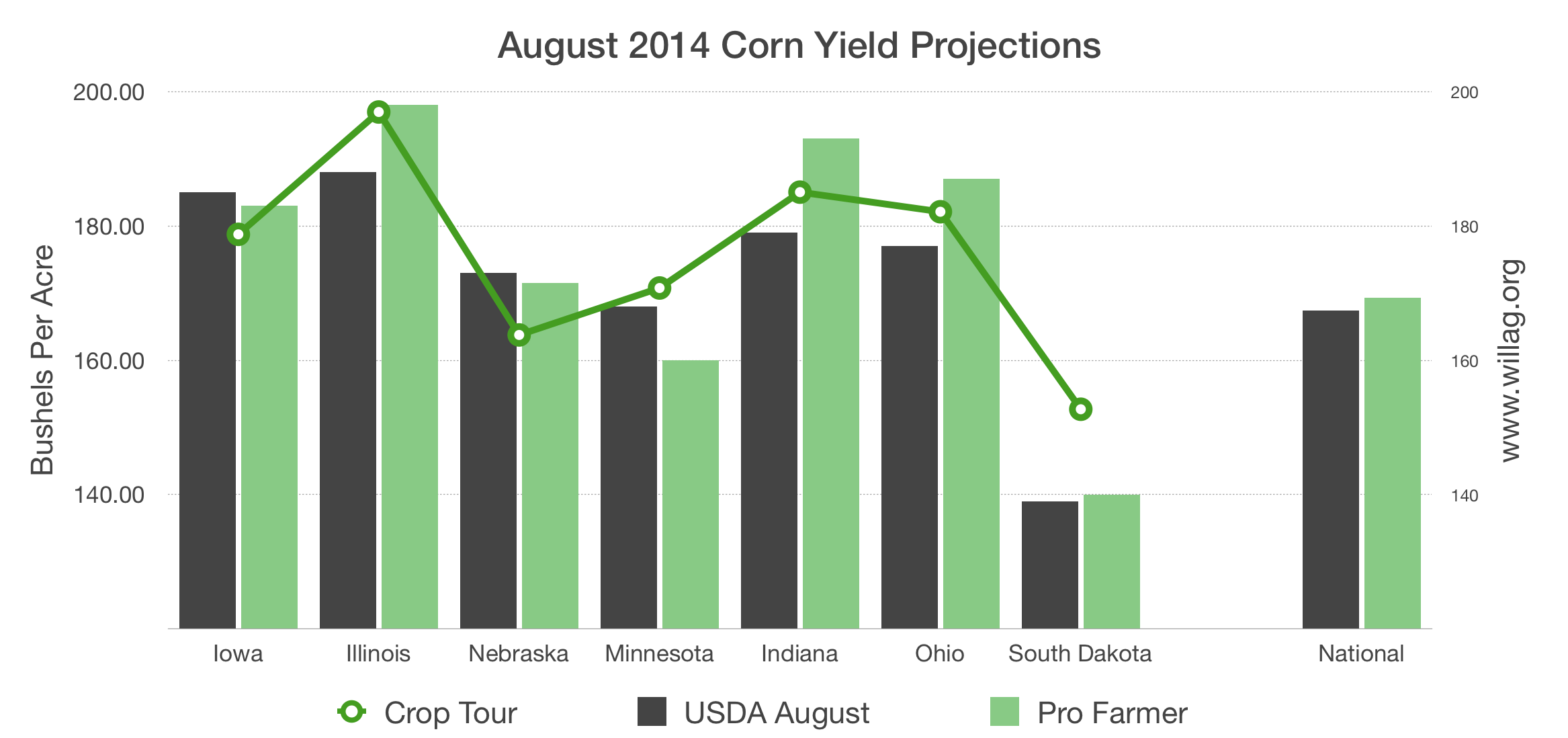Chris Hurt - This is basically a forecast for a breakeven year with all costs being covered, including labor costs and equity investors receiving a normal rate of return.
by Chris Hurt, Purdue University Extension
farmdocDaily article
Hog prices are expected to increase in 2017 even with three percent more pork production. Prices will be supported by stronger demand because of a growing U.S. economy and by a robust eight percent growth in exports as projected by USDA. New packer capacity is also expected to contribute to stronger bids for hogs. Feed costs will be the lowest in a decade and total production costs are expected to be at decade lows.
The recently updated USDA inventory report found that the nation’s breeding herd was one percent larger than the herd of a year-ago. This continues a rebuilding of the herd that began in 2014 as feed prices began to move sharply lower and the industry began to recover from pig losses due to PED. The national breeding herd has increased by four percent since 2014. Notable expansions of the breeding herd in the past three years have occurred in Missouri 25 percent; Ohio 9 percent; Illinois 8 percent; and Indiana, Nebraska, and Oklahoma each up 4 percent. Farrowing intentions are up one percent for this spring and slightly below year previous levels for this coming summer.
Producers indicated to USDA that they had four percent more animals in the market herd, reflecting four percent higher farrowings last fall, a three percent increase in winter farrowings and a one percent increase in the number of pigs per litter. Given these numbers, pork supplies are expected to rise by five percent in April and May and then drop to a four percent increase for June through August. Three percent more pork can be expected for September through November of 2017 with supplies up one percent this coming winter compared to year-previous levels.
Live hog prices averaged about $46 last year with losses estimated at $11 per head. Prices are expected to be $3 to $4 higher this year. Live hog prices averaged about $50 per hundredweight in the first quarter of 2017. Prices for the second and third quarters are expected to average in the very low $50s. Prices will likely be seasonally lower in the fourth quarter and average in the mid-$40s. If so, prices would average near $49 for the year and be slightly under projected total costs of production with $1 of loss per head. This is basically a forecast for a breakeven year with all costs being covered, including labor costs and equity investors receiving a normal rate of return.
Current expectations are for feed prices to remain low in 2017, but with corn prices increasing into 2018. On a calendar year basis, U.S. corn prices received by farmers averaged $6.67 per bushel in 2012 (unweighted by marketings). Those prices fell to $3.48 per bushel in calendar 2016 and are expected to be only a few cents higher in calendar 2017. Current prospects are for corn to be $.20 to $.30 per bushel higher in calendar year 2018 due to sharp reductions in 2017 U.S. acreage.
Soybean meal averaged $478 per ton in 2014 (high-protein, Decatur, Illinois), but is expected to average only $315 per ton in 2017, the lowest calendar year price since 2010. Total feed costs per hundredweight are expected to be the lowest in a decade dating back to 2007.Total costs of production may reach 10-year lows. Estimated total costs of production reached $67 per live hundredweight in 2012 driven by high feed prices. For calendar year 2017 that may drop to $49.50, which is the lowest estimated total costs of production since 2007 and would represent 10-year lows.
What are the potential shadows for the industry this year? The first is that meat and poultry competition will be high. In addition to three percent more pork, beef production is expected to be up four percent and poultry production up two percent. There is simply a lot of competition for the consumers’ food dollars.
Secondly, the optimism for the U.S. economy that has been present in early 2017 could falter. This optimism is related to a stronger job market, low unemployment, and record seeking stock market indexes. The anticipated stimulus package of the new administration has likely been a contributor. Time will tell if Congress can agree on this legislation and move it from anticipation to reality. In addition, the FED is likely to continue a series of interest rate increases to slow growing inflation pressures.
Decade low feed cost is important reason pork producers are expected to almost cover all of their costs this year. Weather in the U.S. and in the Northern Hemisphere will be important in the final determination of yields and feed prices.
The industry needs to keep expansion of the breeding herd to near one percent each year. This one percent increase along with about one percent higher weaning rates means the industry can increase pork production about two percent a year. That is sufficient to cover a one percent growth in domestic population and about one percent annual growth needed to expand exports. Growth of the breeding herd at more than one percent could shift the industry back into losses.







